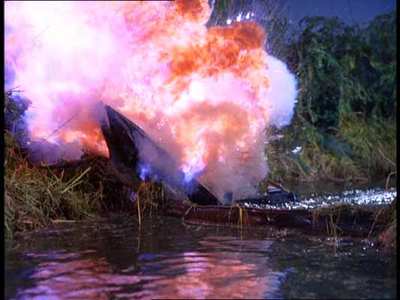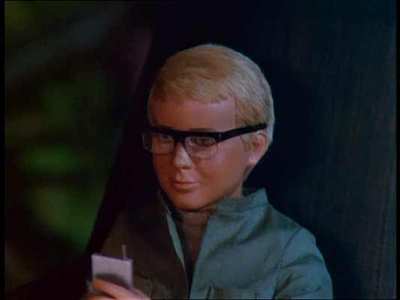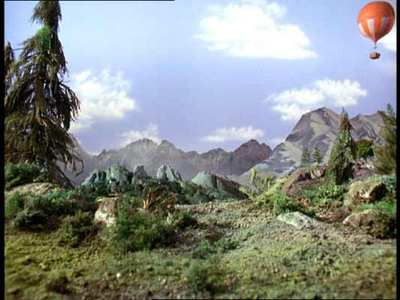Review of Joe 90: Volume 3
Introduction
This is the third volume of the collection, six episodes of twenty-five minutes each, photo- and promotional material- galleries.
"Joe 90" was Gerry Anderson`s penultimate Supermarionation series. It was also the most self-consciously aimed-at-children series of the producer`s output (at the time). Previous series, no matter how ridiculous the premise, had been produced for a "grown-up" audience, with adult characters in dramatic situations. "Joe 90" was firmly in "Famous Five" territory with a nine-year-old protagonist having the most improbable but po-faced adventures.
"Joe 90" went into production in October 1967 while the final episodes of "Captain Scarlet" were winding down. Although the puppets of Joe, his father and the housekeeper were specially made for the production, the rest of the characters were recruited from the cast and revamp puppets from the previous show. With each episode running 25 minutes, the series was a shadow of earlier series such as "Thunderbirds". Overall responsibility for the series passed to David Lane as Gerry Anderson was concentrating on his feature film work ("Thunderbird 6" and the live action thriller "Doppelganger" aka "Journey To The Far Side Of The Sun"). The series leaned away from the style of its "techie" predecessors, moving away from hardware into characterisation. What hardware there was turned out to be disappointing - the Jet-Air Car and the BIGRAT which transferred brain patterns into young Joe`s noggin. All in all, it turned out to be a recipe for disaster (although it was the replacement show "The Secret Service" that finally did for Supermarionation).
Although the show did as much in 1969 for children with glasses as Harry Potter has done for the double-glazed youth of today, it was far from a success and even now is less well-thought-of by Anderson aficionadoes. For youngsters of the era (and I speak here from personal experience), the show brings back fond memories. Carlton have done their usual excellent job of visually restoring the series, although the audio results are disappointing compared with the exemplary jobs done on "Thunderbirds" and "Captain Scarlet" (remastered by BBC Resources).

Video
Presented in the original 4:3, the series looks as good as it did on its original run (if not better as few homes were equipped with colour television during its initial transmission). Carlton`s remastering is up to their usual standard with excellent colour and contrast. The image is sharp and free from damage or artefacts.

Audio
The sound on the discs is in Dolby 2.0 Mono, although the sound on the menus is in PCM. This is in keeping with the series as original made, but in comparison with earlier releases is something of a disappointment. Then again, "Joe 90" cannot expect to generate the same kind of interest as "Thunderbirds" or "Captain Scarlet". The most memorable thing about the series is the lively Bossanova signature tune by Barry Gray which enjoyed a brief revival in 1986 with a dance version remix.

Features
The episodes are subtitled, but the extras mostly consist of photo galleries and galleries of promotional materials and production designs.

Conclusion
"Joe 90" was atypical as a Gerry Anderson production. It was made at a time when he was moving away from Supermarionation to live-action. While the series was made with the production team`s customary eye for detail, it isn`t as much fun as the previous series. Having said that, it is entirely possible the series has found its time. Totalling thirty episodes, the show is a return to good-old-fashioned childrens` entertainment. There are no tie-ins with exorbitantly-priced merchandise, no displays of mindless violence, bad language or bodily functions. The shows were made at a time when tv producers didn`t think children had the attention span of goldfish, and may even give their imaginations something to gnaw on.
Your Opinions and Comments
Be the first to post a comment!